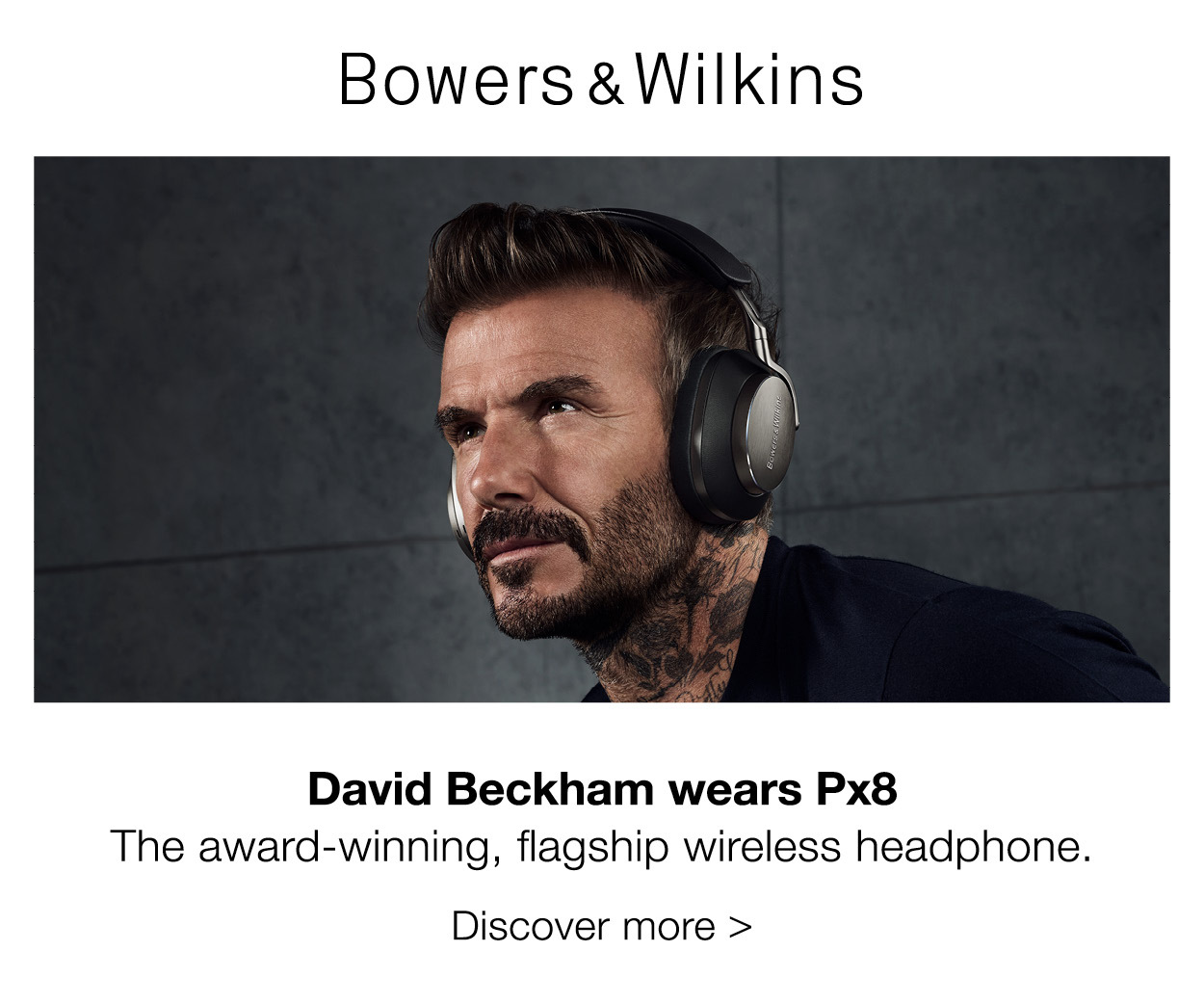OPPO Find X5 – the more affordable flagship sibling (smartphone review)
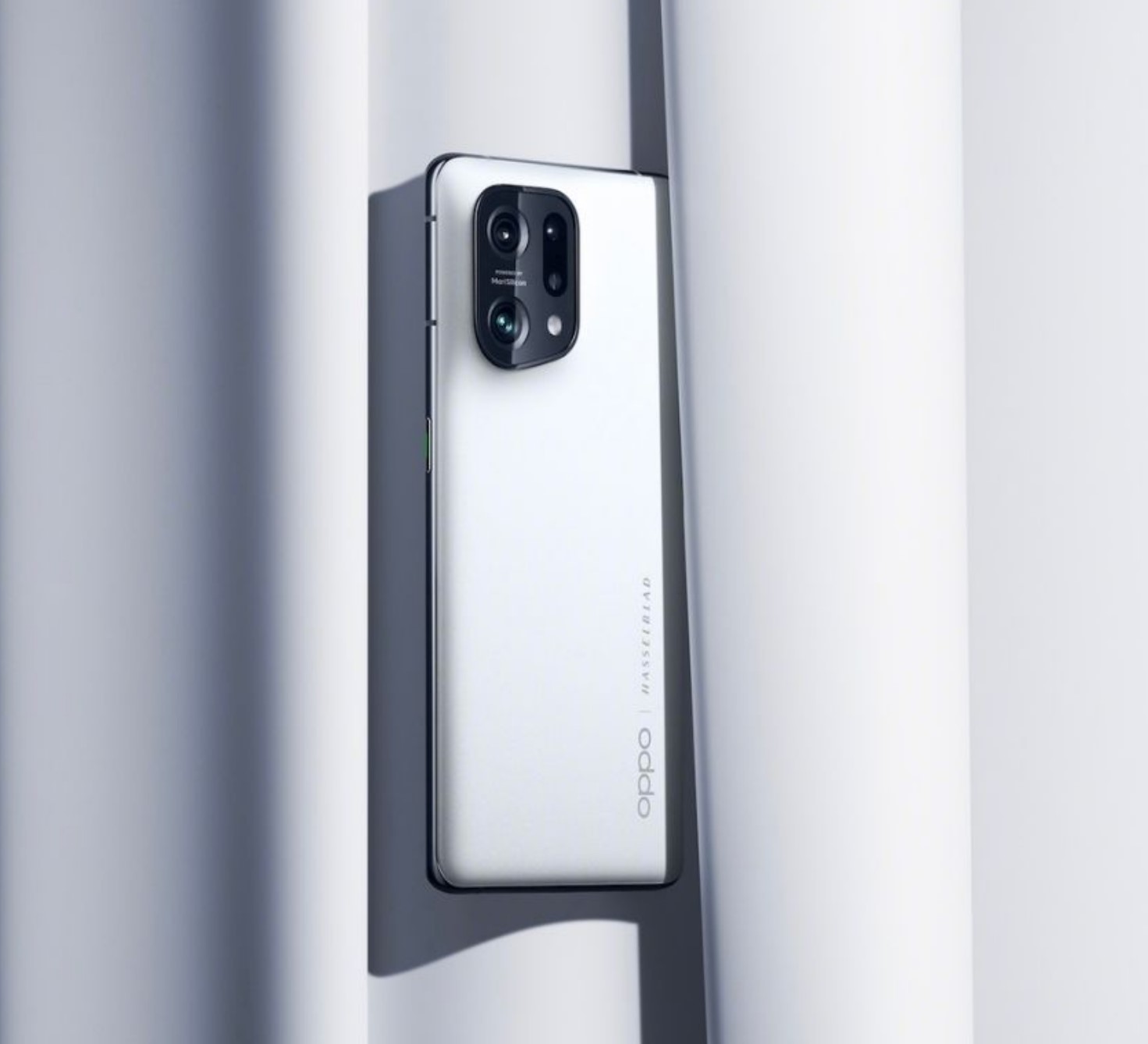
The $1399 OPPO Find X5 is the middle child – overshadowed by its bigger sibling, the $1799 Find X5 Pro and well undercut by the $799 Find X5 Lite. This may be the pick of the litter.
In most respects, it is equal to the Pro (differences below), yet OPPO has managed to find $400 in savings without making significant compromises. In fact, it is the logical successor to CyberShacks’s 2021 phone of the year – the Find X3 Pro.
| OPPO Find X5 $1399 | OPPO Find X5 Pro $1799 | |
| Display | 6.55” AMOLED Flexible LPTS 2400×1080 60/90/120Hz Stepped | 6.7” AMOLED Flexible LPTO 2.0 3216×1440 1-120Hz Adaptive |
| Processor | 2021 Qualcomm SD888 5nm | 2022 Qualcomm SD8 Gen 1 4nm |
| RAM/Storage | 8/256 | 12/256 |
| Rear Camera | 50+50+13 3-axis OIS on the primary lens 5-channel Spectral sensor | 50+50+13 5-axis OIS on the primary lens 13-channel Spectral sensor |
| Front Camera | 32MP Sony IMX615 | 32MP Sony IMX709 |
| Battery | 4800mAh 80W charge 30W AIRVOOC | 5000mAh 80W charge 50W AirVOOC |
| Build | Gorilla Glass Victus 7 rear IP54 | Ceramic IP68 |
| Size | 160.3 x 72.6 x 8.7mm x196g | 163.7 x 73.9 x 8.5mm x 218g |
New Deep-Dive review format
It is now in two parts – a five-minute overview for most readers and a separate 300+ line database-driven spec including over 70 tests to back up the summary. It also helps us compare different phones and features.
OPPO Find X5 Pro Model CPH2305 Australian model with RCM C-Tick
| Website | Product page |
| Price | $1399 |
| Colours | White and Black |
| From * | OPPO online. OPPO enjoys wide retail distribution from JB Hi-Fi, Good Guys, Harvey Norman, and Bing Lee. Telcos (on a plan) include Optus, Vodafone, Australia Post, Coles, and Big W. |
| Warranty | 2-years ACL |
| Country of Origin | China |
| Company | OPPO is now #2 in Australia for Android smartphone market share. It has achieved that through excellent product and after-sales service. |
| More | CyberShack OPPO news and reviews |
* Better buy genuine, or 5G won’t work
Look for the RCM C-Tick on the box end, and under Settings, About device, Regulatory. The only memory/storage option for Australia is 12/256GB.
We issue a strong warning that you must buy a genuine model with Australian firmware if you want to use 5G. Read Don’t buy a grey market phone to ensure you get the Australian model.
First impression – a little lighter and more pocketable (than the Pro)
It’s a 20:9 screen – tall, slim, and weighs 196g – 22g lighter than the Pro. The Gorilla Glass Victus 7 back cuts around the camera hump, and the alloy frame is quite stiff (no Bendgate here). On the right is the power button, on the left is the volume rocker, and below the bottom-firing speaker and dual sim slot.
It looks premium, and I particularly like the White Glass back – more creamy white and no fingerprints!
Screen – 1.07 billion colours and a 60/120 stepped refresh
Unlike the Pro, which varies refresh from 1-120Hz, this changes in steps – 60/120Hz, and you select one or the other. The 120Hz shortens battery life by about 30%.
Like the Pro, it has 1.07 billion colours, HDR10+ capability (1000 nits versus 1300nits) and supports 100+% 1.07 billion DCI-P3 and sRGB colours. It is vastly better than the Samsung S22 series 8-bit, with 16.7 million colours.
It will play HDR10+ content (downmix to 1000nits) and stream HDR video at FHD. It should be great for gaming with sub<1ms response times and the excellent SD888 SoC.
Summary: Highly accurate colours and suitable for professional use.
Processor – 2021 Flagship SD888
More power than you can use. It is one of the main reasons for its lower cost than the Pro’s 2022 SD8 Gen 1. Geekbench 5 single-core is 833, about 30% slower but in multi-core is 3386 – similar to the SD8. Where the SD8 shines is the GPU that is 5899/6408 (Open CL/Vulkan) versus 4609/3884.
Interestingly, its performance is similar to many SD8 Gen 1 devices with substantial throttling to control heat.
Throttling: 9% loss after 10 minutes stabilising at 9% for the remaining 5 minutes of the test. OPPO’s thermal management is excellent, offering far more stable performance under load than many other brands.

RAM/Storage – 8/256 is more than the competition
It comes with 8GB of LPDDR5 (fastest) RAM and 256GB of UFS 3.1 (fastest) storage. But the most important thing is that the OPPO can mount external SSD/flash drives to act as storage (S22 Ultra cannot) – perfect for videographers and others that need lots of live recording space.
Comms – Wi-Fi 6 AX full USB-C 3.2 Gen 1 implementation
While the OPPO supports HE160 (2400Mbps) connect speeds, it will only connect at HE80, 1200Mbps (S22 Ultra 2400Mbps). We understand a firmware upgrade is coming when HE160 becomes a ratified standard.
USB-C is 3.2 Gen 1 (5Gbps), and it supports ALT DP 1.4 (audio and video mirroring) at 4HK. OPPO also has PC Connect for Windows, allowing a PC to access and screen mirror of the phone.
Phone 4/5G with one of the strongest signals we have ever seen
Like the Pro, this has OPPO’s new 360° Smart Antenna that works regardless of where you hold the phone. It produces fantastic phone reception signal strength finding the four nearest towers at usable strengths. It is suitable for city, suburbs, regional town and rural use.
Battery – at least a full day fast charge cable and Qi
Its big sibling OPPO Find X5, has a 4nm processor (versus 5nm) and 1-120Hz (versus 60/120Hz stepped). The Pro draws more power and has a 5000mAh battery (4800mAh), so they are pretty well equal for battery life. PC Mark 3 gives its 19+ hours (indicative of typical use), and Accubattery gives it 18+ hours of typical use.
Both the Pro and the X5 come with 80W SUPERVOOC chargers (take that Apple and Samsung), and the X5 supports 30W AIRVOOC versus 60W for the Pro. The only issue is that you need to use the 80W charger, or it defaults to 9V/2A/18W charge.
A small warning: The camera bump on the Pro and X5 can interfere with standard flat plate Qi chargers. Buy the OPPO one that stands the phone upright. You can use the 50WQ AIRVOOC on either phone.
Summary: Typical users will get well over 24 hours and power users at least 10 hours. But with 80W recharge giving 0-100% in 35 minutes, who cares?
Sound – OPPO’s sound heritage is evident
Instead of using the Qualcomm SD8 Gen 1 stereo Aqstic amplifier, it uses a pair of NPX Class-D amplifiers and Digital Signal Processors for excellent low distortion, Dolby Atmos compatible sound. The result is better sound processing and better-quality sound from the speakers and BT (or USB-C DAC) headphones.
It has more high-bass than the S22 Ultra and a better top-end-treble control meaning the sound is clear, punchy, and has good definition and presence for most music genres.
BT headphones can use SBC, AAC, a host of aptX codecs and high res LDAC and LDHC.
You can read more, including using our test tracks – How to tell if you have good music (sound signature is the key – guide.
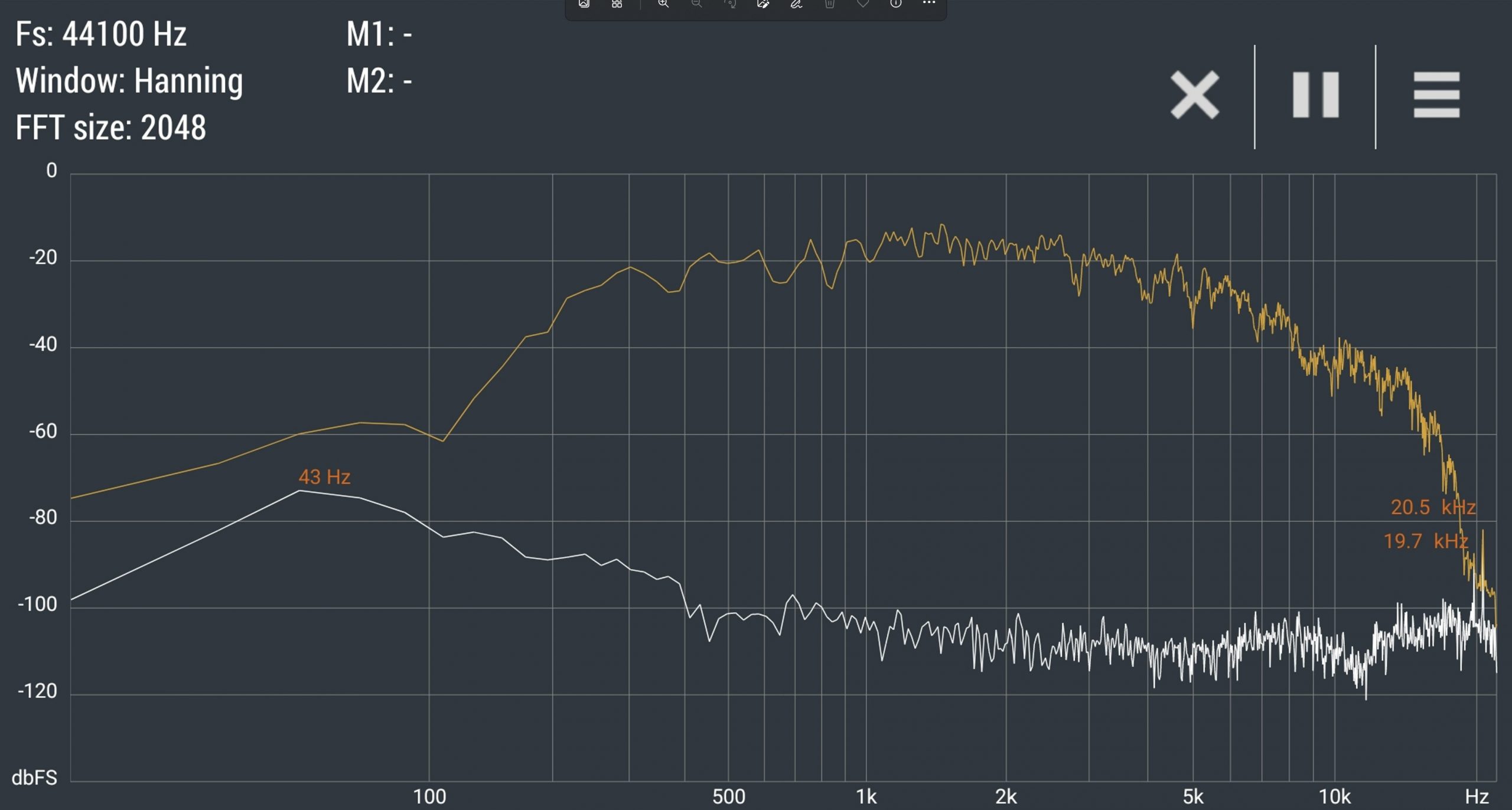
Summary: The best sound we have heard so far with great left/right separation and on a par with the Pro.
Build – superb
OPPO has always had a class-leading, high standard of build and its resultant reliability is about 99% in an industry that thinks anything over 90% is good. Add a two-year warranty (S22 Ultra 1-year) and excellent local after-sales support, and you can see why it scores so highly in customer satisfaction ratings.
The screen has Gorilla Glass Victus 7 (very hard and scratch-resistant) and a factory pre-fitted screen protector. The rear is Gorilla Glass Victus 7 in creamy white or boring black matte finish – not a fingerprint magnet. It is slightly less slippery but can slide off a desk. Use the bumper case provided.
OPPO has a very competitive trade-in program to help maintain the second-hand value.
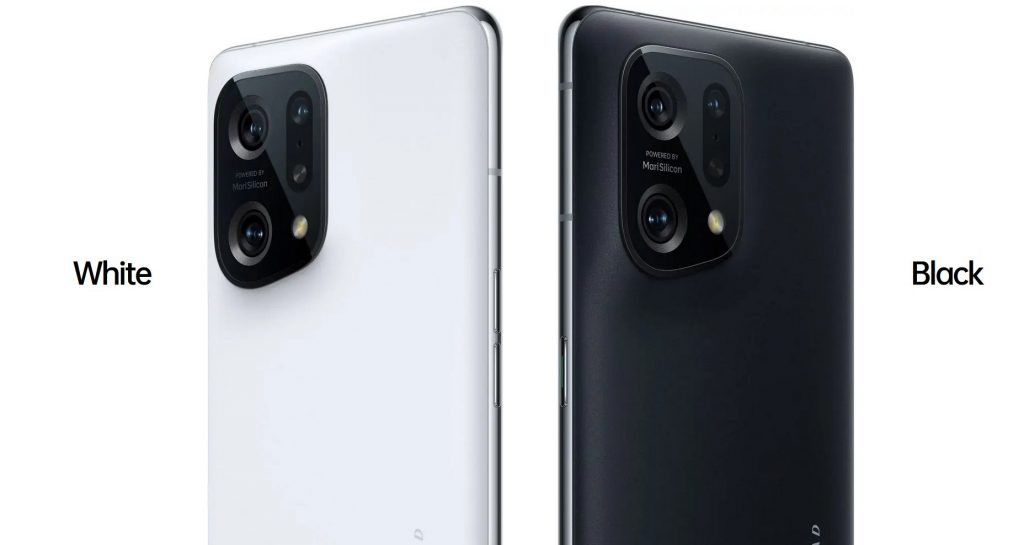
Android 12 and upgrades to Android 15
OPPO has a three OS upgrade policy and regular security patches (S22 Ultra has four). ColorOS 12.1 is a light overlay adding some much-needed grease to the clunky Android user interface. For example, Bluetooth finds the codecs that the headphones can use and allows you to select the one you want – I have not seen this elsewhere.
It has all the Google Apps and OPPO substitutes (as OPPO cannot use Google Apps or services in China). These duplicate Apps, like the too many commercial apps – AliExpress, Amazon, Booking.com, Facebook, LinkedIn, O Relax, PUBG, Soloop, TikTok, etc. – are all uninstallable.
OPPO Find X5 Cameras
All smartphones use sensors made by Sony, Samsung, OmniVision and GalaxyCore (and lesser-known makers). Any primary sensor over 24MP uses binning (combining pixels) to produce an image of at least 8MP. Even the 108MP found on the S22 Ultra bins to 12MP. They all use AI to post-process images – the degree depends on the SoC power.
All have a primary wide sensor. Some have ultra-wide, telephoto (and periscope), macro, and depth (including Lidar) sensors. They all use a mix of plastic and glass lenses. So, we can tell immediately if the camera is performing at or above spec.
The X5 and Pro cameras are similar in that they use the same rear sensors. The X5 loses the five-axis OIS (it has 2-axis) and has fewer colour lanes. You can read about the new DXOMARK test score of 122 but that was with pre-release firmware and it is expected to increase substantially with new releases.
But it shares
- Discrete MariSilicon X photo processor (18 TOPS – trillion operations per second) and a discrete 10-bit colour path (20-bit Pro). It produces spectacular images in all light conditions. It also has Ultra 4K HDR and Night video. The screen means what you see (preview) is what you get.
- Its collaboration with Swedish Hasselblad for Hasselblad Camera for Mobile includes Natural Colour Calibration (Pro mode) and new radiance, emerald and serenity filters.
Is all this tech better than the S22 Ultra? Samsung has a fourth sensor – the 10MP Periscope with 10X optical and 100X Space (Hybrid) zoom. But to be frank – anything over about 20X zoom is not all that usable.
All I can say is that OPPO’s twin 50MP wide and ultra-wide sensors have a more visually pleasing result. Point and shoot produces a better photo in day, office and low light. And given its 256GB storage, you can keep far more photos on the phone!

Our test photos reveal a high degree of similarity in the shots with a fraction more noise in the night mode.
Sample Shots
- Day (well, an overcast one): Primary sensor – the colours are 100% accurate with excellent dynamic range. Shadows and highlights have details not often seen in a smartphone camera. You can also shoot at 50MP, which adds even more dynamic range.
- Day Ultra-wide: Because the sensor is the same as the Primary, the colours and dynamic range are the same (I hate different image qualities with different sensors.
- Macro (uses ultrawide sensor): A 50MP macro shot means incredible detail.
- Daylight zoom: It is perfect at 2x, 5x and 10x and respectable at 20x.
- Office Light (<400 lumens overcast lower light than usual gives a cream cast): Amazing detail and colour accuracy. The level of Bokeh is adjustable.
- <40 lumens: The standard (not night mode) takes a great shot courtesy of the f/1.7 aperture. Night mode improves the detail and saturates the colour – more than matching the Samsung’s ‘Nightography’ claims.
- Selfie: A 32MP (bins to 8MP) selfie ensures great single and group selfies with natural skin tones and details and a range of filters to enhance any image. MariSilicon X also comes into play here.
- Video (we are not video experts): You can shoot at 4K@30fps on Primary (OIS) or ultra-wide sensors (EIS Electronic Image Stabilisation) for a very stable image. 4K HDR Night was as good as it gets.






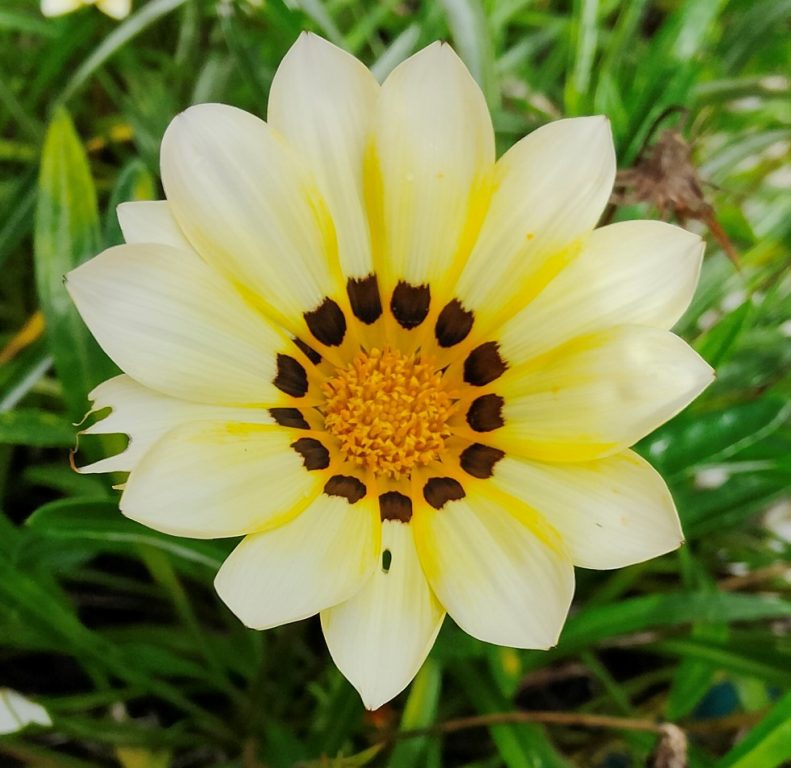
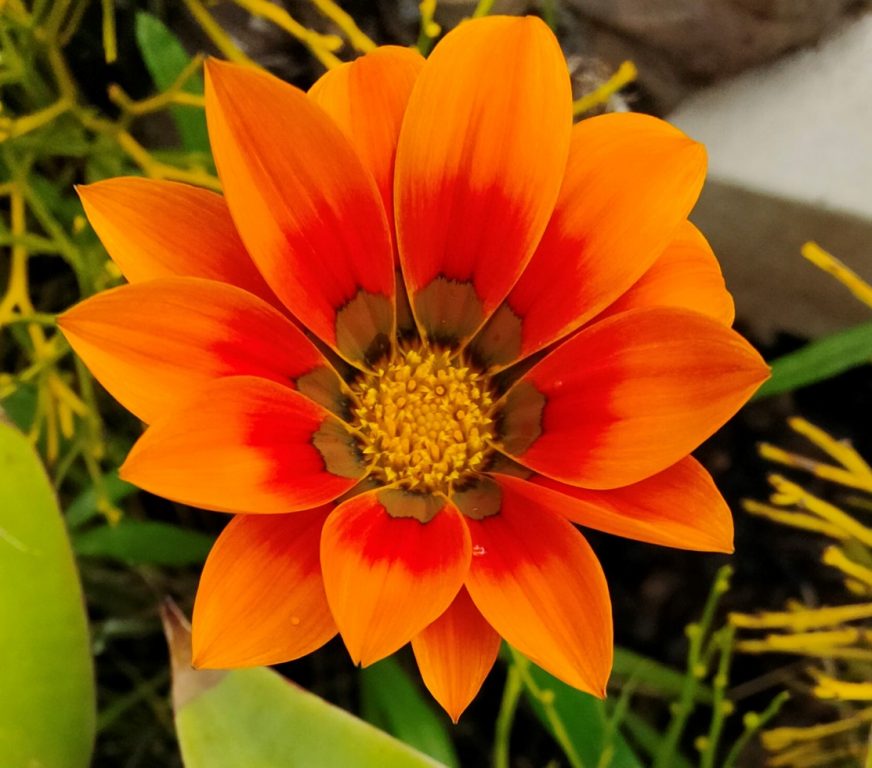



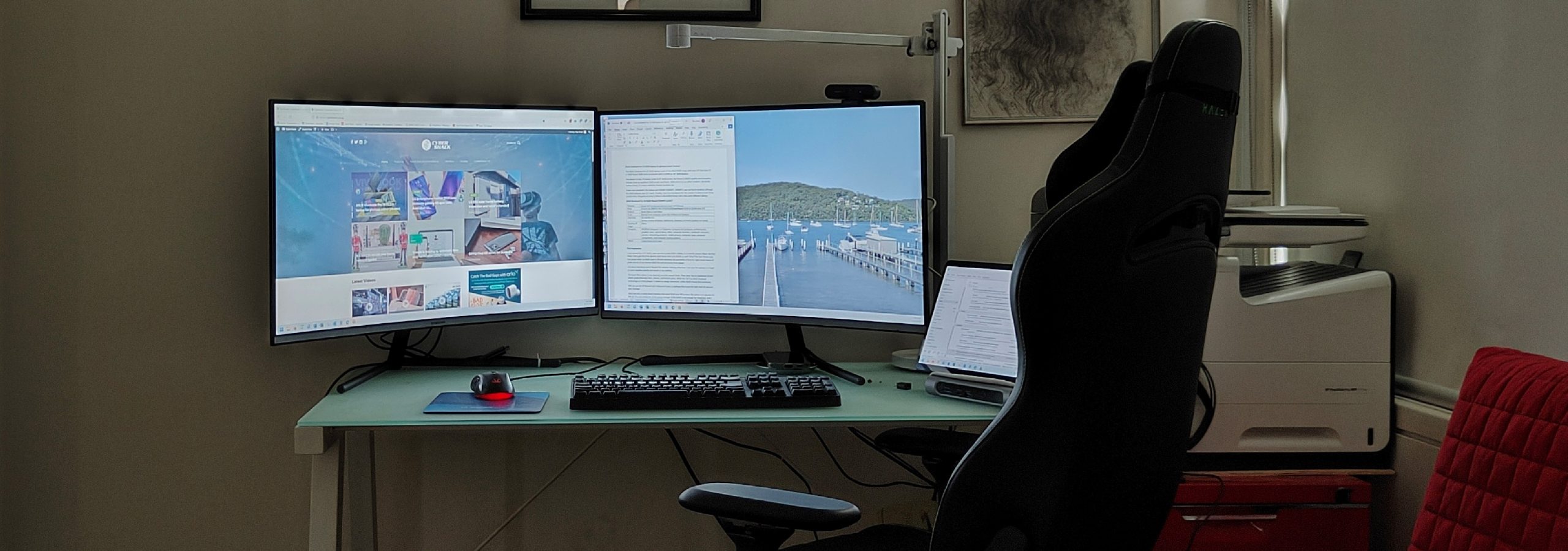
CyberShack’s view – OPPO Find X5 may be the middle sibling but saving $400 is highly recommended
In 2021 I used the Samsung S21 Ultra and OPPO Find X3 Pro as my daily drive, initially in equal measure. I gradually moved to the OPPO X3 Pro for its photography and battery charging advantages.
Well, the OPPO Find X5 is not far off the X5 Pro, so with that logic alone and at $400 less, it is a no-brainer.
My wife took one look at the creamy white back and svelte lines and is dropping hints to replace her heavier Samsung S21 Ultra. Yes, dear.
Post Script – Excitement factor
These reviews are technical – we test over 70 aspects of each phone and report objectively. But sometimes, we forget the emotional aspects of the test device.
We have the OPPO Find X5 Lite, OPPO Find X5, OPPO Find X5 Pro and OPPO A76 on the testbed. We also have other brands ranging from $199 cheapies to $2,000 premium flagships.
I was excited to test the OPPO Find X5 Pro and it lived up to expectations – I like bright, shiny, expensive things. I initially had no such feelings about the Find X5 but as we tested there was a growing excitement – hey, this is really good. Coming from the Find X3 Pro this is a well-priced, well-featured premium smartphone that for most will provide an excellent user experience.
I have to say that after the superb experience with the 2021 OPPO X3 Pro and now with the new Find X5 series that buyers should not be brand snobs and look at the extensive features and value that OPPO offers. I am excited – perhaps you should be too.
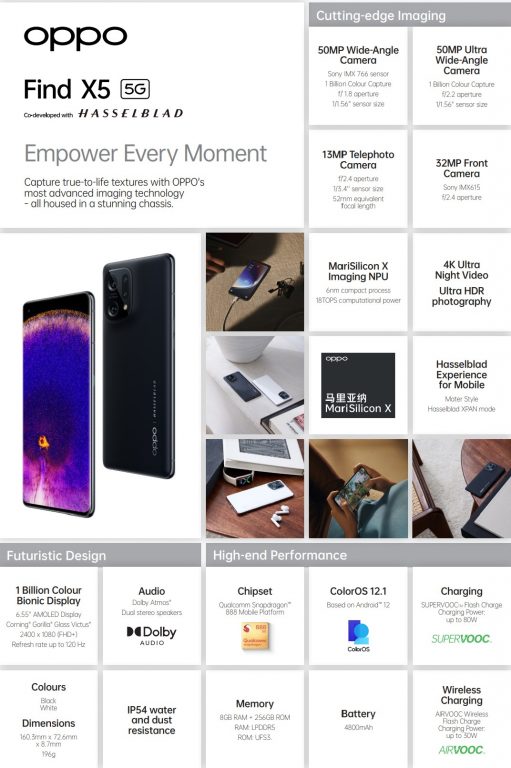
CyberShack Smartphone comparison v 1.1 (E&OE)
OPPO Find X5 CPH2307
| Brand | OPPO |
| Model | Find X5 |
| Model Number | CPH2307 |
| Price Base | 8, 256GB |
| Price base | 1399 |
| Warranty months | 24-months |
| Tier | Premium |
| Website | Product Page |
| From | Most CE retailers, Telcos, and OPPO online |
| Country of Origin | China |
| Company | OPPO is now #2 in Australia for Android smartphone market share. It has achieved that through excellent product and after-sales service. |
| Test date | 10-14 April |
| Ambient temp | 22-25° |
| Release | 24 Febuary 2022 |
| Other models not for Australia (Don’t buy) | Do not buy 12/256GB version The co-called global versions as these do not support Australian 5G and low bands Models PFFM10 or 20 |
Screen
| Size | 6.55 |
| Type | AMOLED Flexible LPTS |
| Flat, Curve, 2D, 3D | Slightly curved edges |
| Resolution | 2400 x 1080 |
| PPI | 402 |
| Ratio | 20:9 |
| Screen to Body % | 92.7 |
| Colours bits | 1.07 billion colours (10-bit) |
| Refresh Hz, adaptive | 60/90/120Hz stepped 240Hz touch |
| Response 120Hz | 1ms |
| Nits typical, test | 500 (tested 500) |
| Nits max, test | 800 max (tested 760) 1000 for HDR, HDR10+ content |
| Contrast | Infinite |
| sRGB | >100% vivid, gentle |
| DCI-P3 | 100% Vivid of the 10-bit, 1.07 billion gamut |
| Rec.2020 or other | No |
| Delta E (<4 is excellent) | 1.3 |
| HDR Level | HDR10+ capable but slightly downscaled to match the 1000 nit screen. |
| SDR Upscale | Yes |
| Bluelight control | Yes |
| PWM if known | 120-375Hz |
| Daylight readable | Yes |
| Always on Display | Yes |
| Edge display | No |
| Accessibility | Yes |
| DRM | L1 Widevine for FHD SDR |
| Gaming | Gaming mode sub 1ms response time makes this suitable for gamers, but it appears the FPS is locked to 60 to avoid overheating |
| Screen protection | Gorilla Glass Victus 7 |
| Comment | While the Samsung Galaxy S22 Ultra is brighter, it is only an 8-bit 16 million colour screen. Side-by-side, the OPPO looks superior |
Processor
| Brand, Model | Qualcomm SD888 (sm8350) |
| nm | 5 |
| Cores | Octa-core (1×2.84GHz + 3×2.42GHz + 4×1.80GHz |
| Modem | X60 |
| AI TOPS | 26 |
| Geekbench 5 Single-core | 834 |
| Geekbench 5 multi-core | 3386 |
| Like | Simialr to Exynos 990/SD865/SD870 |
| GPU | Adreno 660 |
| GPU Test | |
| Open CL | 4609 |
| Vulcan | 3884 |
| RAM, type | 8 LPDDR5, 3200, 4 x 16 bits |
| Storage, free, type | 256 UFS 3.1 2 lanes HS-Gear 3 (210GB free) |
| micro-SD | No |
| CPDT internal seq. Read MBps | 1270 |
| CPDT internal seq. write MBps | 512 |
| CPDT microSD read, write MBps | N/A |
| CPDT external (mountable?) MBps | 677/144 Mountable |
| Comment | Fast internal and external speeds with mountable external storage for videographers |
| Throttle test | |
| Max GIPS | 217868 |
| Average GIPS | 209589 |
| Minimum GIPS | 196082 |
| % Throttle | 9% |
| CPU Temp | 52° |
| Comment | OPPO’s thermal management is excellent, offering far more stable performance under load than many other brands. |
Comms
| Wi-FI Type, model | 6 AX VHT 160Mhz QCA6490 2×2 MIMO and 8 spatial-stream sounding MU-MIMO but only HE80 for 1200Mbps maximum connect speed |
| Test 2m -dBm, Mbps | -25/1200 |
| Test 5m | -40/1200 |
| Test 10m | -49/1200 |
| BT Type | 5.2 BLE |
| GPS single, dual | Dual accuracy <8m |
| USB type | USB-C 3.2 Gen 1 5Gbps OTG |
| Alt DP, DeX, Ready For | Can use PC connect (cable) to Windows PC or use Chromecast |
| NFC | Supports Android Beam, HCE, and UICC Multi-function NFC: HCE and NFC-SIM |
| Ultra-wideband | No |
| Sensors | |
| Accelerometer | Yes |
| Gyro | Yes |
| e-Compass | Yes |
| Barometer | No |
| Gravity | Yes |
| Pedometer | Yes |
| Ambient light | Yes |
| Hall sensor | Yes |
| Proximity | Yes |
| Other | Screen Colour temperature |
| Comment | A Wi-FI AX signal of 1200 is OK, but some others can connect at 2400Mbps. Not a deal-breaker. |
LTE and 5G
| SIM | Dual sim and eSIM |
| Active | Dual active (one in use at a time) |
| Ring tone single, dual | Single |
| VoLTE | Carrier Dependent |
| Wi-Fi calling | Carrier Dependent |
| 4G Bands | 1, 2, 3, 4, 5,7, 8, 12, 13, 17, 18, 19, 20, 25, 26, 28, 32, 34, 38, 39, 40, 41, 66 |
| Comment | All Australian 4G bands |
| 5G sub-6Ghz | N1, 3, 5, 7, 8, 20, 28, 38, 40, 41, 66, 77, 78 |
| Comment | All Australian sub-6Ghz and low-bands |
| mmWave | No |
| Test Boost Mobile, Telstra | |
| UL, DL, ms | 24/21.5/28ms |
| Tower 1 -dBm, fW or pW | -81/3.2-12.6pW |
| Tower 2 | -87/1-9pW |
| Tower 3 | -92/1-3pW |
| Tower 4 | -101/100-500fW |
| Comment | The 360° Smart Antenna 3.0 System has a powerful signal strength for city, regional and rural use. |
Battery
| mAh | 2 X 2400 = 4800mAh 1600 charge cycle |
| Charger, type, supplied | 80W SUPERVOOC (5V/2A/10W or 5-11V/7.3A/80W) over two channels, e.g., 11V/3.65A/40W x 2 |
| PD, QC level | SuperVOOC 2.0, SuperVOOC, VOOC 3.0, PD(9V, 2A), QC(9V, 2A) |
| Qi, wattage | 30W AIRVOOC (2 x 15W coils) |
| Reverse Qi or cable | 5V/2A/10W reverse QI charge |
| Test (60Hz or adaptive screen) | |
| Charge % 30mins | N/A |
| Charge 0-100% | 35 minutes |
| Charge Qi, W | 30W AIRVOOC (2 x 15W coils) – 77 minutes |
| Charge 5V, 2A | Approx 3.75 hours |
| Video loop 50%, aeroplane | 21 hours |
| PC Mark 3 battery | 19+hours Accubattery 18+hours |
| GFX Bench Manhattan battery | 363min (6.05hrs) 3546 frames |
| GFX Bench T-Rex | 668.4min (11.14hrs) 3369 frames |
| Drain 100-0% full load screen on | Approx 4 hours |
| Watt full load | 620mA |
| Watt idle Screen on | 130mA |
| Estimate loss at 120Hz | It is 60/120Hz in steps. We expect a 20% decrease in screen time for each step |
| Estimate typical use | More than a day at typical use |
| Comment | Qi charge is excellent, but the camera bump can interfere with flat charge pads. Use OPPO upright charger. |
Sound
| Speakers | Stereo (earpiece and bottom-firing speaker |
| Tuning | No |
| AMP | 2 x TFA9879 MPX Class-D stereo digital amp and DSP 1.6/2.65W@8/4Ω .02% THD |
| Dolby Atmos decode | Yes |
| Hi-Res | Yes |
| 3.5mm | No but USB-C DAC |
| BT Codecs | SBC, AAC, APTX (variants), LDAC, |
| Multipoint | Yes |
| Dolby Atmos (DA) | Yes for headphones |
| EQ | Scenario specific – Smart, Movie, Gaming, Music Environment specific – Indoor, On the go, commute, flight |
| Mics | 2 with some noise-cancellation |
| Test dB – all on EQ flat DA off | |
| Volume max | 82dB |
| Media (music) | 77 |
| Ring | 78 |
| Alarm | 75 |
| Notifications | 75 |
| Earpiece | 56 |
| Hands-free | |
| BT headphones | Able to use SBC, AAC, aptX (varieties) and LDAC |
Sound quality
| Deep Bass 20-40Hz | Nil |
| Middle Bass 40-100Hz | Slowly building |
| High Bass 100-200Hz | Steeply building |
| Low Mid 200-400Hz | Flat |
| Mid 4000-1000Hz | Flat |
| High-Mid 1-2kHz | Flat |
| Low Treble 2-4kHz | Flat |
| Mid Treble 4-6kHz | Flat |
| High Treble 6-10kHz | Slow decline |
| Dog Whistle 10-20kHz | Slow decline |
| Sound Signature type | Bright Vocal (bass recessed, mid/treble boosted) – for vocal tracks and string instruments but with just enough high-bass to hear it and high treble for definition. Well above average |
| Soundstage | Wider than the handset with a slight bias to the bottom-firing speaker |
| Comment | Great sound, as we have come to expect from OPPOs sound heritage. |
Build
| Size (H X W x D) | 160.3 x 72.6 x 8.7 |
| Weight grams | 196 |
| Front Glass | Gorilla Glass Victus |
| Rear material | Gorilla Glass Victus – highest level of GG scratch and drop resistance |
| Frame | Alloy |
| IP rating | No – assume minimal |
| Colours | White Black |
| Pen, Stylus support | No |
| In the box | |
| Charger | 80W SUPERVOOC |
| USB cable | Yes, and USB-A to USB-C dongle |
| Buds | No |
| Bumper cover | Yes |
| Comment | Fantastic build quality, 80W charger in the box, IP68 and more |
OS
| Android | Android 12 |
| Security patch date | 5/01/2022 |
| UI | ColorOS 12.1 |
| OS upgrade policy | Android 15 |
| Security patch policy | Regular security patches |
| Bloatware | A little too much – AliExpress, Amazon, Booking.com, Facebook, LinkedIn, O Relax, PUBG, Soloop Cui, TikTok, and OPPOs alternatives for Google Apps. All are removable |
| Comment | ColorOS 12.1 is the grease on Android’s wheels and is a light touch with no learning curve. |
| Security | |
| Fingerprint sensor location, type | Optical under Glass – fast and reliable |
| Face ID | Yes 2D |
| Other | OPPO ColorOS has advanced security features |
OPPO Find X5 camera
| Rear Primary | Wide |
| MP | 50MP bins to 12.5MP |
| Sensor | OPPO/Sony IMX766 |
| Focus | AF and closed-loop focus motor All Pixel OmniDirectional PDAF |
| f-stop | 1.8 |
| um | 1 bins to 2 |
| FOV° (stated, actual) | 84 (72.5) |
| Stabilisation | OIS |
| Zoom | 10x digital |
| Rear 2 | Ultra-wide-angle and Macro |
| MP | 50 bins to 12.5MP |
| Sensor | OPPO/Sony IMX766 |
| Focus | AF and closed-loop focus motor and 4cm macro |
| f-stop | 2.2 |
| um | 1um bins to 2 |
| FOV (stated, actual) | 110.3 |
| Stabilisation | No |
| Zoom | |
| Rear 3 | Telephoto |
| MP | 13 |
| Sensor | Samsung SK53M5 |
| Focus | AF |
| f-stop | 2.4 |
| um | 1 |
| FOV (stated, actual) | 45 |
| Stabilisation | No |
| Zoom | 5X digital 20x hybrid |
| Special | |
| Video max | 4K@60fps OIS 1080p@60 OIS HDR 10-bit video |
| Flash | Yes |
| Auto-HDR | MariSilicon X Imaging NPU |
| Photo, Video, Night, Pro, Panorama, Portrait, Time-lapse, Slow-motion, Text scanner, Hi-Res, Movie, Long exposure, Dual-view video, Sticker, and Google Lens | |
| QR code reader | Via Google Lens |
| Night mode | Yes |
| Front | |
| MP | 32 bins to 8MP |
| Sensor | Sony IMX616 |
| Focus | Fixed |
| f-stop | 2.4 |
| um | .8 bins to 1.6 |
| FOV (stated, actual) | 81 (69.7) |
| Stabilisation | No |
| Flash | Screen fill |
| Zoom | 10x digital |
| Video max | 1080p@30fps with EIS |
| Features | Night, Video, Image, Portrait, Panorama, Time-lapse, Dual-view video, and Sticker |
| Comment | OPPOs MariSilicon X NPU has 18 TOPS dedicated to post-processing. It produces spectacular images in all light conditions. It also has Ultra 4K HDR and Night video. OPPO and Hasselblad have developed Hasselblad Camera for Mobile, including Natural Colour Calibration (Pro mode) and new radiance, emerald and serenity filters. |
Ratings
| Features | 9 |
| No microSD, 3.5mm, a stepped 60/120Hz refresh screen, powerful processor and exceptional 80W fast charge | |
| Value | 9.5 |
| It is everything the OPPO Find X3 Pro was at $100 less and $400 less than the Find X5 Pro. 256GB is double Samsung S22 series | |
| Performance | 9.5 |
| Excellent thermal management and powerful processor. | |
| Ease of Use | 10 |
| ColorOS 12.1 is easy to learn and offers the much-needed grease over Android 12 wheels. | |
| Design | 9.5 |
| Superb, if a little slippery | |
| Rating out of 10 | 9.5 |
| Pro | |
| 1 | Excellent processor performance and minimal throttling with 256GB storage |
| 2 | The 1.07 billion colour screen is excellent and colour accurate |
| 3 | Incredible all-day battery life and 35-minute charge from included 80W charger |
| 4 | Point and shoot camera is flawless |
| 5 | Great look, design, and build |
| Con | |
| 1 | Slippery – use the bumper case |
| 2 | No micro-SD, but you can use external mountable storage |
| 3 | No 3.5mm (use Bluetooth) |
| 4 | Current firmware only supports Wi-Fi 6 – not 6E (will be updated) |
| 5 | IP54 is adequate but not class-leading |
| Final comment | This is almost identical in design and performance to the OPPO Find X5 Pro. It is a true flagship missing nothing apart from a 3216×1440 screen. Highly recommended. |
OPPO Find X5 CPH2307
$1399Pros
- Excellent processor performance and minimal throttling with 256GB storage
- Excellent 1.07 billion colour screen is colour accurate
- Incredible all-day battery life and 35-minute charge from included 80W charger
- Point and shoot camera is flawless
- Great look, design, build and warranty
Cons
- Slippery - use the bumper case
- No micro-SD, but you can use external mountable storage
- No 3.5mm (use Bluetooth)
- Current firmware only supports Wi-Fi 6 HE80 (will be updated)
- IP54 is adequate but not class-leading







